Want a stress-free summer of breezy parties and lazy adventures? Make sure you take advantage of the time now to Spring clean. In my own effort to get organized and decluttered, I've discovered some awesome reads to inspire your own adventures in the simplicity game. Since I've been following the
Simple Mom Project: Simplify, I had to start this post with the book published by the same blogger,
Tsh Oxenreider. 
BOOK SUMMARY: Organized Simplicity 's aim is to convince its readers that simple living is the absolute best way to live. Be it with house cleaning, family schedule management, personal finances, and managing the "stuff" you allow within your four walls, the only way to live well is to do so intentionally and simply. The first half of the book delves into the why behind realistic simple living, giving the reader a nail to then hang the how of living simply discussed in the second half. And by redefining the too often-used phrase "simple living," a busy home manager living in the real world can then make practical changes that work for the whole family. There are chapters for cleaning and organizing the home room-by-room, and future project ideas will inspire readers to turn their house in a haven they love.
's aim is to convince its readers that simple living is the absolute best way to live. Be it with house cleaning, family schedule management, personal finances, and managing the "stuff" you allow within your four walls, the only way to live well is to do so intentionally and simply. The first half of the book delves into the why behind realistic simple living, giving the reader a nail to then hang the how of living simply discussed in the second half. And by redefining the too often-used phrase "simple living," a busy home manager living in the real world can then make practical changes that work for the whole family. There are chapters for cleaning and organizing the home room-by-room, and future project ideas will inspire readers to turn their house in a haven they love.
Since most clutter is result of impulse spending, Living the Savvy Life is a fantastic guide to smart spending and it also includes information on how to organize and declutter! Think of this book as the preventive clutter manual.
BOOK SUMMARY: So many books on how to manage your finances are so technical and, well, just boring! Not Living the Savvy Life: The Savvy Woman's Guide to Smart Spending and Rich Living by Melissa Tosetti and Kevin Gibbons! Melissa actually puts money management into words women can relate to...like "wardrobe", "beauty", "food", "entertainment" and "home". I mean come on, what woman doesn't want to manage her money better so she feels free to invest in a beautiful, functional wardrobe or a well-designed home. Ok, so maybe you're not into fashion (though I think anyone reading this blog is). Some women aren't. But that is what is so great about this book. It teaches you how to save on areas that aren't as important to you so that you have more money to spend where it matters.
Maybe you are perfectly happy with a minimal wardrobe and pared down interior but are a food loving world explorer who wants to try every cuisine in the country or region it is indigenous to (really cool idea actually). You can do it! All it takes is saying no to what's not important so you can say yes to what is. Living the Savvy Life will help you put it all into perspective and show you how to discover your personal passions and financial priorities...there is an entire chapter entitled "What is Important to You" that includes a questionnaire for each basic area of your life. By taking some time and answering this questionnaire in full, honest detail you can determine exactly what is most important to you (not to your friends, not to society) at this time in your life. Once you know what is important to you, you can better decide how to spend your money.
The authors of LTSL know that the first step to being savvy is being organized. You will be aided in organizing your closet and pantry and will be given practical tips on setting up systems so you know what you have at all times. How to set up a bill paying system, checking account management system and manage credit card debt are all covered and of course, it wouldn't be a book on savvyness if it didn't include that little well-known concept of "pay yourself first" (retirement funds and savings accounts ladies!). And if you just really do want more information on how to grow your hedge fund, well, that's not actually covered by the authors but they tell you where to find sources that do cover such in-depth subjects in the "Favorite Resources" section! --Bobbie Michelle Harman, of Euro Chic
Treasuring what is truly important might be difficult to understand in a home a clutter.
Secrets of Simplicity
is a journal option to help sort out the means of identifying the excuses that have prevented you from living life with serenity. I personally keep this book on my desk because I love the seven different chapters on how to release, simplify, treasure, focus, invest, discover, and thrive.
BOOK SUMMARY: My father grew up during the Great Depression. His attitude about stuff is a product of those times and his upbringing by immigrant parents making their way in a new country. Waste was considered a luxury for the rich, a philosophy he maintains today. One summer, while helping him find something in the attic, I discovered that my father is a clutterer. It turns out that he likes to save things, lots of things. He has all the classic symptoms: saving multiple copies of the same document, keeping copious notes to accompany every transaction, and storing newspaper clippings, magazines, and manuals, most so outdated that they have surpassed any relevance, other than family trivia. He had carefully stored decades-old tax returns, old issues of Consumer, and toys that had belonged to my siblings and me. I asked my father why he kept these things. "I might need them some day. Why throw them away? They’re not bothering anyone," he responded. My mother put up several strong arguments about fire hazards and messiness, but his piles were carefully maintained, exquisitely labeled, and seemingly not combustible.
Among the collection were some definite keepers: my brother’s Rock 'Em Sock 'Em Robots, a red Schwinn bicycle, my Barbie collection, and classic Golf Digest magazines, including the first issue that featured Jack Nicklaus on the cover (a discovery that earned me high-fives from all the men in my family). Now that’s worth keeping, I thought, realizing that these treasures said more about my dad than any old energy bill could.
Ironically, my "clutterer" father had unwittingly taught me the secret to organizing and simplifying: it is not what you discard, but what you keep.
As we go through life, we are all challenged to carve out a healthy relationship with our things. Below are ten tips for treasuring what is truly important, so you can do what you were meant to do: enjoy your life!
1. Value the relationship, not the item. Let’s talk about what’s really important. Can a chest of drawers really replace a loved one? It is nice to keep reminders, mementos, and family heirlooms, but not if they are keeping you from getting on with your future.
2. Know your local antique dealer. Consulting an expert regarding collectibles and antiques will help you better understand what you have, even if you do not want to sell it.
3. Consider local consignment, antique and resale opportunities to recoup money on bad purchases, unused items, and duplicates. Take the money and donate it to a good cause to honor the memory of a loved one. That’s a legacy that will outlast any piece of furniture.
4. Protect what is valuable. Whether you are storing a collection of Hummel figurines or your passports, making space for the things you value will allow you to enjoy them and find them when needed. Consider adding the most valuable possessions to your homeowner’s insurance policy to protect their value.
5. Not sure where to begin with a completely cluttered room? Start with the raw space. Take everything out of the room and before placing it back in. Be brutal, making each item earn its readmission to the room. Invite a friend or family member over to act as judge and jury.
6. The best time to get rid of things you do not need is before you move. Do not fall into the trap of thinking you will get organized at the new place—this is unrealistic and costly. Why pay money to move things you will likely throw away anyway?
7. Consider weather when storing items. Garages and basements are not always weather or moisture proof. Use airtight storage containers, and keep clothing linens, pictures, and documents where they won’t get damaged by the elements.
8. Make a home headquarters for keys, mail, and cell phones. Create involvement by including the family in the project. Inviting input and encouraging consistency from everyone will help ensure that the spot gets used and stays tidy over time.
9. Beware of becoming a replacer, someone who constantly churns items in and out of the house looking for the latest and newest design. Understand that the job of retailers is to persuade you that you need to buy more. Demystify the sales pitch, take stock of what you have, and only buy what you absolutely need.
10. Make sure you purge your home of unneeded items before you buy storage bins and containers; nothing says waste of money better than buying bins to hold stuff that really should be discarded. Purge first, determine what you need, and then head out to shop for storage containers.--Mary Carlomagno
Weekend Blog Reads
Want some beautiful pictures of real interiors that are clutter free?
Home Sweet Home is a blog devoted to photos of personal space. Feel free to send them photos of your own home! I need to keep excavating! Here are some of my favorite images via Home Sweet Home,
Now what will you actually do this weekend?


's aim is to convince its readers that simple living is the absolute best way to live. Be it with house cleaning, family schedule management, personal finances, and managing the "stuff" you allow within your four walls, the only way to live well is to do so intentionally and simply. The first half of the book delves into the why behind realistic simple living, giving the reader a nail to then hang the how of living simply discussed in the second half. And by redefining the too often-used phrase "simple living," a busy home manager living in the real world can then make practical changes that work for the whole family. There are chapters for cleaning and organizing the home room-by-room, and future project ideas will inspire readers to turn their house in a haven they love.

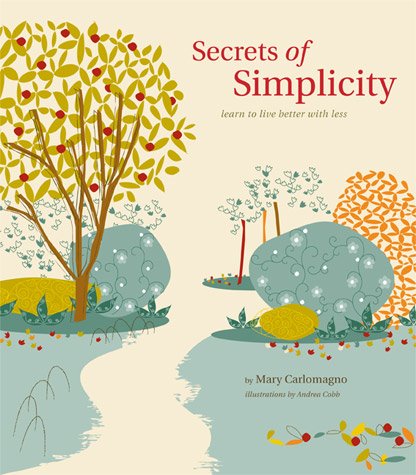
 is a journal option to help sort out the means of identifying the excuses that have prevented you from living life with serenity. I personally keep this book on my desk because I love the seven different chapters on how to release, simplify, treasure, focus, invest, discover, and thrive.
is a journal option to help sort out the means of identifying the excuses that have prevented you from living life with serenity. I personally keep this book on my desk because I love the seven different chapters on how to release, simplify, treasure, focus, invest, discover, and thrive.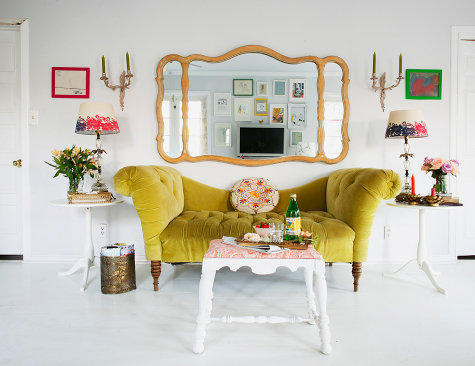
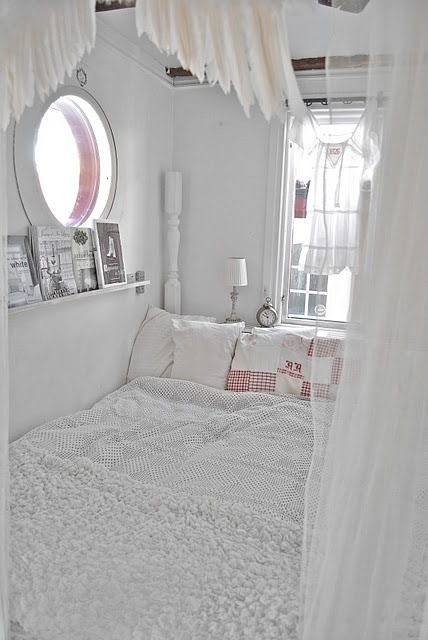

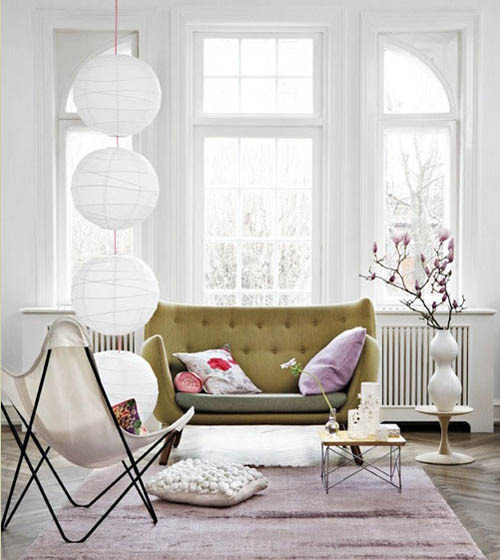
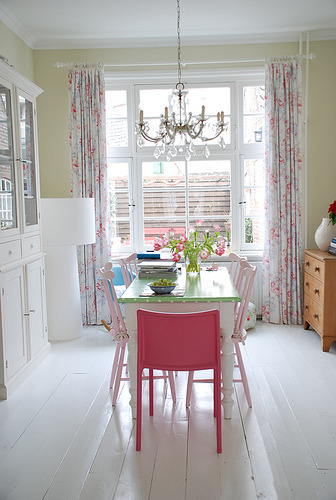






2 comments:
What a pretty photo (the final one) with the pretty colors for spring!
Have you read the savvy life book? Wondering if it's worth the purchase?
The Savvy life is on my read list, but her blog is a great source to start with (the link should be in the post). The cover of the book alone makes me want to own it. And sometimes...you can judge a book by its cover! LOL! Have a beautiful week!!!
Post a Comment